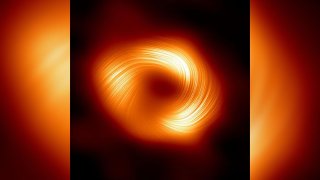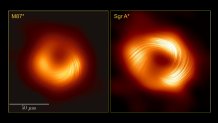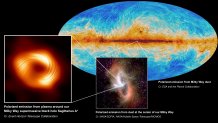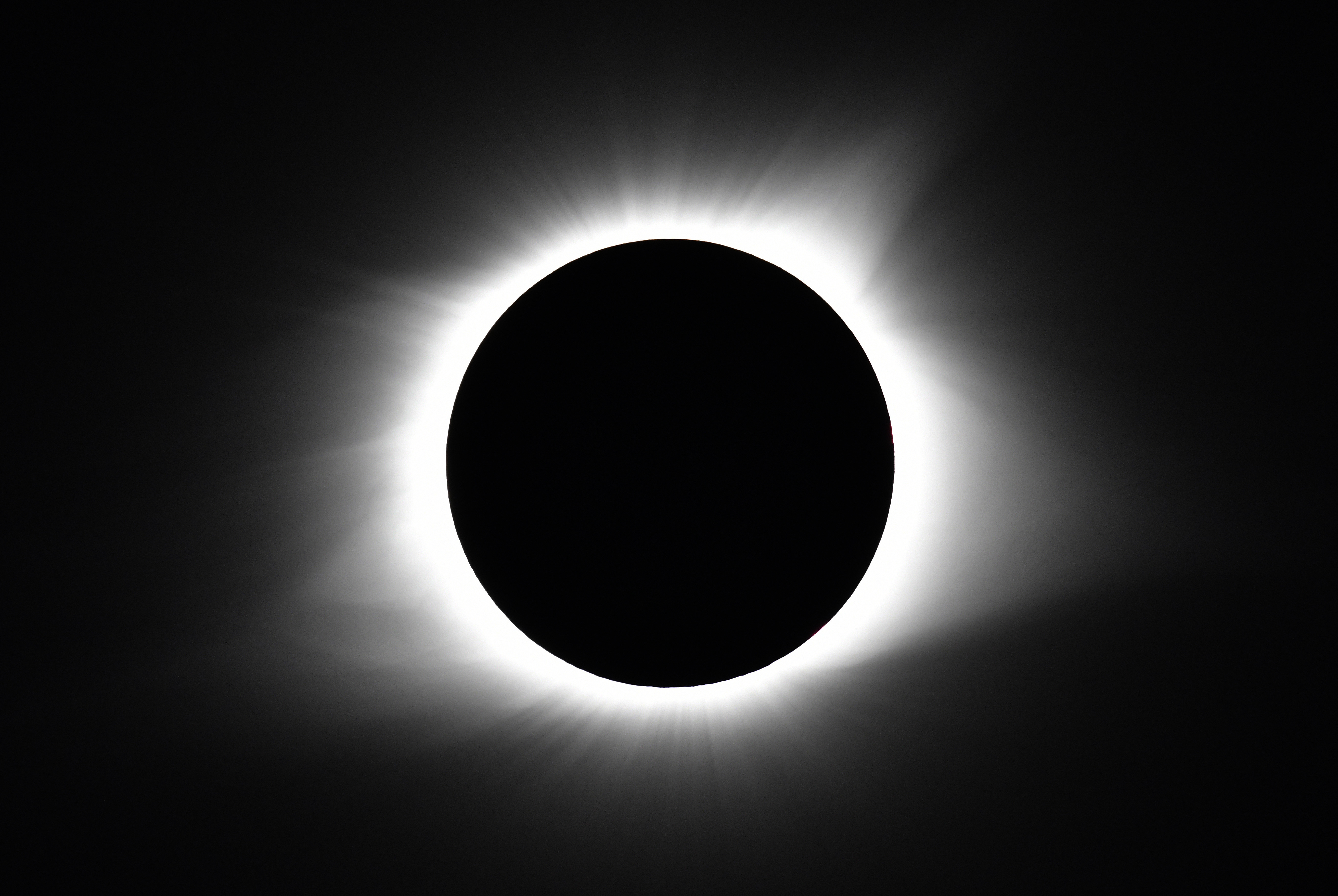
Black holes — how do they work? New images of the magnetic field of the black hole at the center of our galaxy, the Milky Way, may help us understand them a little better.
The new view of the supermassive black hole Sagittarius A* that was provided by the Event Horizon Telescope suggests that all black holes have a similar structure, according to astronomers at Harvard and the Smithsonian Institute who shared the imagery on Wednesday.
The imagery shows a fiery swirl around Sagittarius A*, and a similar one around another supermassive black hole, M87*, seen through polarized light, according to the research published in The Astrophysical Journal Letters.

Get Tri-state area news and weather forecasts to your inbox. Sign up for NBC New York newsletters.
"What we're seeing now is that there are strong, twisted, and organized magnetic fields near the black hole at the center of the Milky Way galaxy," said Sara Issaoun, a researcher with Harvard, the Smithsonian and NASA who co-led the project, in a statement. "Along with Sgr A* having a strikingly similar polarization structure to that seen in the much larger and more powerful M87* black hole, we’ve learned that strong and ordered magnetic fields are critical to how black holes interact with the gas and matter around them."
Sagittarius A* is about 4 million times more massive than the sun, which, according to NASA, makes it a rather small black hole to be at the center of the galaxy. The origin of such supermassive black holes remains mostly an astrophysical mystery.

The first, much blurrier view of Sagittarius A* was published in 2019 through the same tool, the Event Horizon Telescope, a collaboration between, at the time, eight observatories around the world. (It's since grown.)
The new image appears clearer through polarization, the same process that gives polarized sunglasses their clarity. The black holes emit hot gas called plasma, which is magnetized, and light bends around those magnetic fields, according to the researchers, who said in a news release that it took lots of work to capture the fast-morphing structure at the center of the Milky Way.
"By imaging polarized light from hot glowing gas near black holes, we are directly inferring the structure and strength of the magnetic fields that thread the flow of gas and matter that the black hole feeds on and ejects," Angelo Ricarte, a Harvard Black Hole Initiative fellow and project co-lead, said in a statement. "Polarized light teaches us a lot more about the astrophysics, the properties of the gas, and mechanisms that take place as a black hole feeds."



